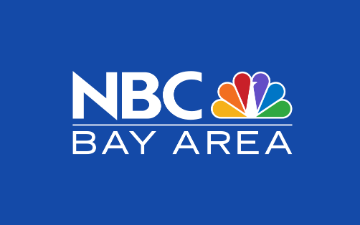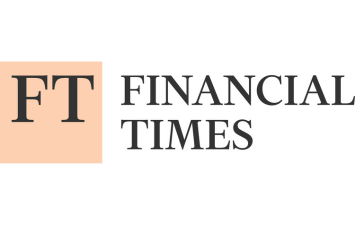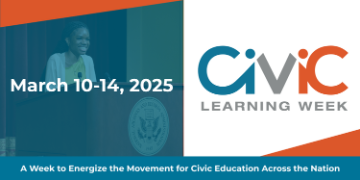During a primary campaign for the state Senate, a candidate sends out a glossy campaign brochure featuring a photograph of the candidate sitting at a desk with the seal of the state hanging on the wall behind her. She is flanked on one side by the US flag and the State flag on the other. There is a credenza behind the candidate that contains what looks to be family portraits. There is a bowl of jelly beans on the desk. It is a beautiful shot conveying competence and authority. The candidate looks like the office holder that she wishes to become.
When the brochure is received by the public some individuals notice that the photographs on the credenza are actually those of the Governor's family. The Governor is known to be fond of jelly beans and always has some on his desk. This revelation leads to speculation as to whether the Governor let the candidate use his office for a political photo shoot and whether he was implicitly endorsing her.
The Governor denies letting the candidate use his office for a political photo shoot. He says that he has not endorsed anyone for state Senate and would not do so during the primary. He also refuses requests from other candidates to use his office for campaign photo shoots, saying, "That is not what this office is for."
The candidate's opponent has the photograph analyzed and asserts that the picture was digitally altered superimposing a picture of the candidate over that of the Governor. He contacts a local reporter with his evidence. He pushes the reporter to publish the story.
The candidate claims she does not remember when the photograph was taken, but that she had been in the Governor's office many times as a citizen volunteer. She says that the photo may have been taken on one of those occasions. The candidate disavows any knowledge that the picture was digitally altered. She says that the brochure was created by her political consultant. She says if it was altered, it was done without her consent. She asserts that this issue is just a smokescreen by her opponent to divert attention from the real issues facing the state.
What are the ethical considerations:
- For the candidate?
- For the opponent?
- For the Governor?
- For the political consultant?
- For the reporter who is being urged to publish the story?
Would it make a difference to your analysis if the photo was taken in a publically available space in the State House rather than the Governor's office?
Would it make a difference to your analysis if the candidate was an incumbent?
Would it make a difference to your analysis if the picture was not altered, but included the Governor?
Would it make a difference to your analysis if the photo was in fact altered and the Governor was digitally included in the shot?
Hana Callaghan is the director of government ethics at the Markkula Center for Applied Ethics.
June 2014



